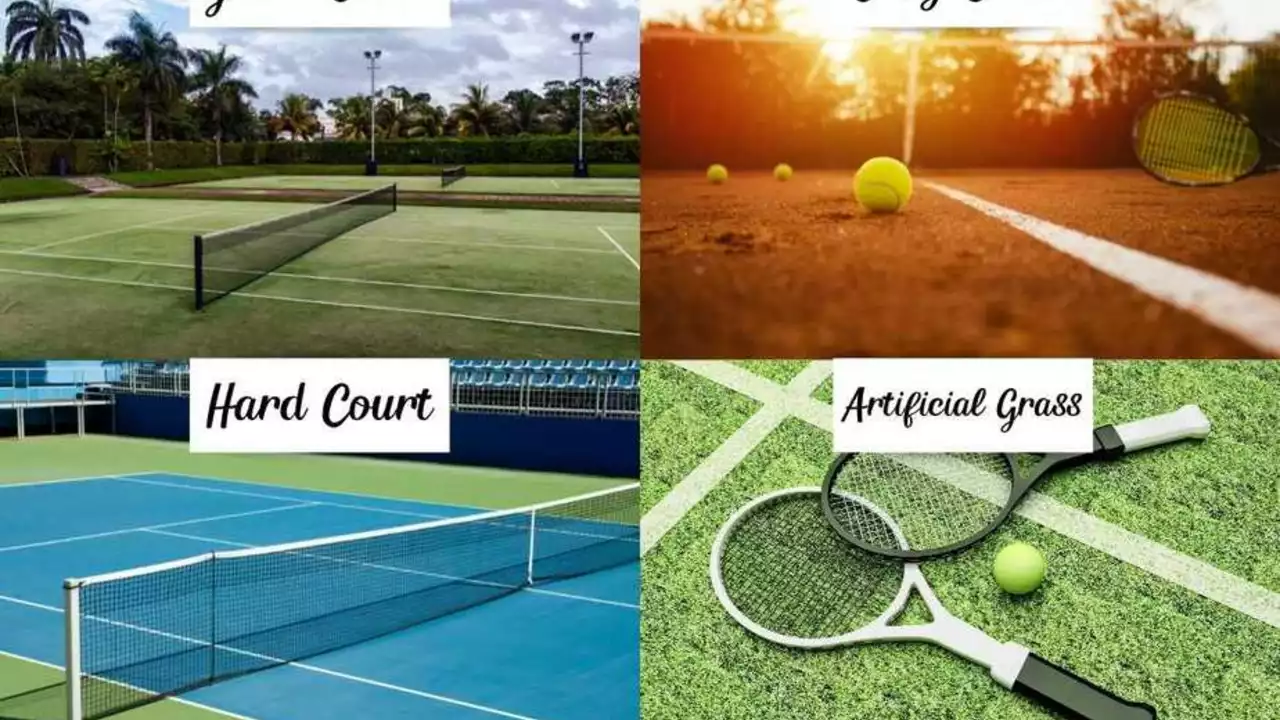Understanding Tennis Court Surfaces
If you’ve ever watched a match and noticed the ball bouncing differently, the cause is the court surface. Knowing whether you’re on a hard, clay, or grass court helps you adjust your footwork, shot selection, and even equipment. Below we break down the three main surfaces, why they matter, and what you can do to keep them in shape.
Hard Courts: Fast, Predictable, Low Maintenance
Hard courts are made of concrete or asphalt topped with an acrylic coating. The ball skids and travels quickly, so aggressive baseline play works well. Because the surface is uniform, you’ll get consistent bounces, which is great for players who rely on timing.
Maintenance is simple: sweep debris, wipe off spills, and reseal the coating every few years. If you’re setting up a private court, choose an acrylic system with a cushioned layer to reduce joint stress.
Clay Courts: Slow, High Bounce, Strategic Play
Clay courts use crushed brick, shale, or stone dust packed tightly. The ball loses speed and bounces higher, giving you more time to react. Sliding into shots is a key skill here; mastering it can turn defense into offense.
Keeping clay in shape takes a bit more effort. Regular rolling smooths the surface, watering prevents dust, and scraping removes loose material. A good drainage system is essential to avoid puddles after rain.
Grass Courts: Slick, Low Bounce, Serve‑and‑Volley Friendly
Grass courts are the rarest and most traditional. The natural grass on top of a soil base creates a fast, low‑bounce environment. Players with strong serves and quick net approaches thrive on grass.
Grass courts need constant mowing, watering, and patch repairs. After each session, roll the surface to keep it even, and reseed worn areas regularly. Weather can affect playability, so have a backup plan for rain.
Choosing the right surface depends on your style and budget. If you want a low‑cost, all‑weather option, hard courts are the safest bet. Clay suits players who enjoy long rallies and tactical play, but be ready for more upkeep. Grass offers the classic feel and fast points, yet it’s the most expensive to maintain.
Whatever surface you pick, a few universal tips help keep it playable: keep the surface clean, check for cracks or gaps weekly, and schedule professional inspections annually. A well‑maintained court not only lasts longer but also reduces the risk of injuries.
Now that you know the basics, you can pick the court that matches your game and keep it in top shape for years to come.
